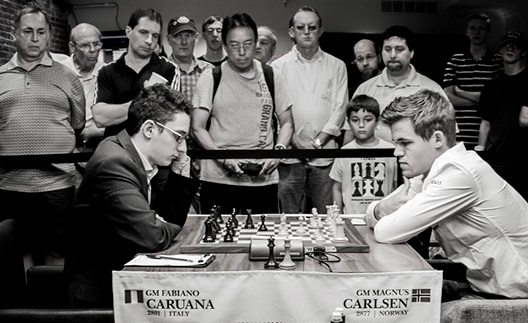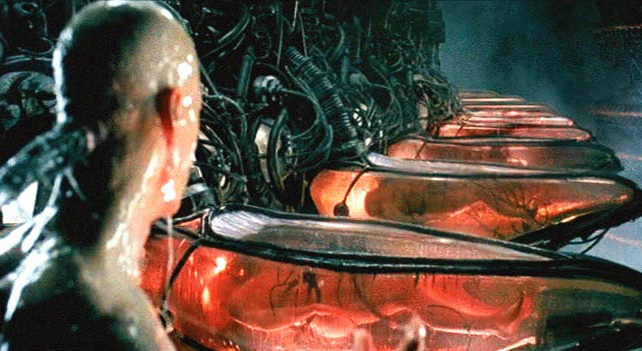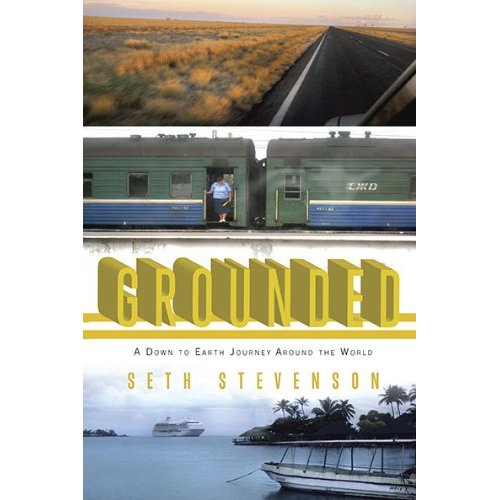
Need a new sport in these corrupt-NFL, steroid-ridden MLB times? (I myself have opted for EPL and MLS futbol.) Old friend Seth Stevenson makes the case for chess from the 2014 Sinquefield Cup in St. Louis, “one of the most emotional, dramatic, newsworthy chess events of the past 40 years…I encourage you to tune in for some of the championship series in Sochi…Perhaps you’ll get swept up in the beauty of this 1,500-year-old pastime. Start to learn a few openings. Maybe some defenses. Eventually yearn to execute a perfect smothered mate. It really is a seductive game.”


